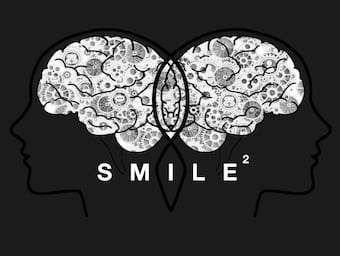
The Wisdom of Crowd Review
Almost immediately after finishing ‘Time to publish then filter?’ - a post that highlighted a recent editorial in the BMJ outlining the need for an effective system of post-publication peer revie

Almost immediately after finishing ‘Time to publish then filter?’ - a post that highlighted a recent editorial in the BMJ outlining the need for an effective system of post-publication peer revie

I came across this post while getting up to speed with Critical Insight, a UK-based online blog-come-journal club. It had a link to a recent BMJ editorial by David Schriger and Douglas Altman — you may remember David Schriger from…

My thoughts on Judy Wilyman's overly wordy collation of the global anti-vaccination lobby arguments, wrapped up in a 390 page opinion piece (sorry, pHD)

Case reports and case series are considered relatively low level evidence; despite this they have a role in EBM - they are often the first line of evidence, where discovery begins

Animal and laboratory studies form the lowest level of evidence for informing clinical decisions

Quantitative data is that which can be expressed numerically and is associated with a measurement scale; not all numbers constitute quantitative data (e.g. tax file number!)

Logistic regression analysis is used to predict a dependent binary outcome (yes/no, dead/alive) based on one or more predictor variables

Randomisation is the process of assigning clinical trial participants to treatment groups such that each participation has a known (usually equal) chance of being assigned to any of the groups

Reviewed and revised 26 August 2015 OVERVIEW Clinical trials are planned to stop when one of the following is reached sample size event count length of follow up goal scheduled date of closure Unplanned early stopping of trials may occur…

Case-Control Studies: a type of retrospective observational study; control patients are ‘matched’ using some criteria (age, gender), typically should have no history of the disease of interest and should be representative of the general population

Risk is a nebulous term in evidence-based medicine, as it may refer to either relative or absolute risks. Overall, absolute risks are more meaningful and can be converted in 'numbers need to treat' (NNT), which are useful in the clinical setting

Receiver Operating Characteristic (ROC) curves plot sensitivity versus false positive rate for several values of a diagnostic test